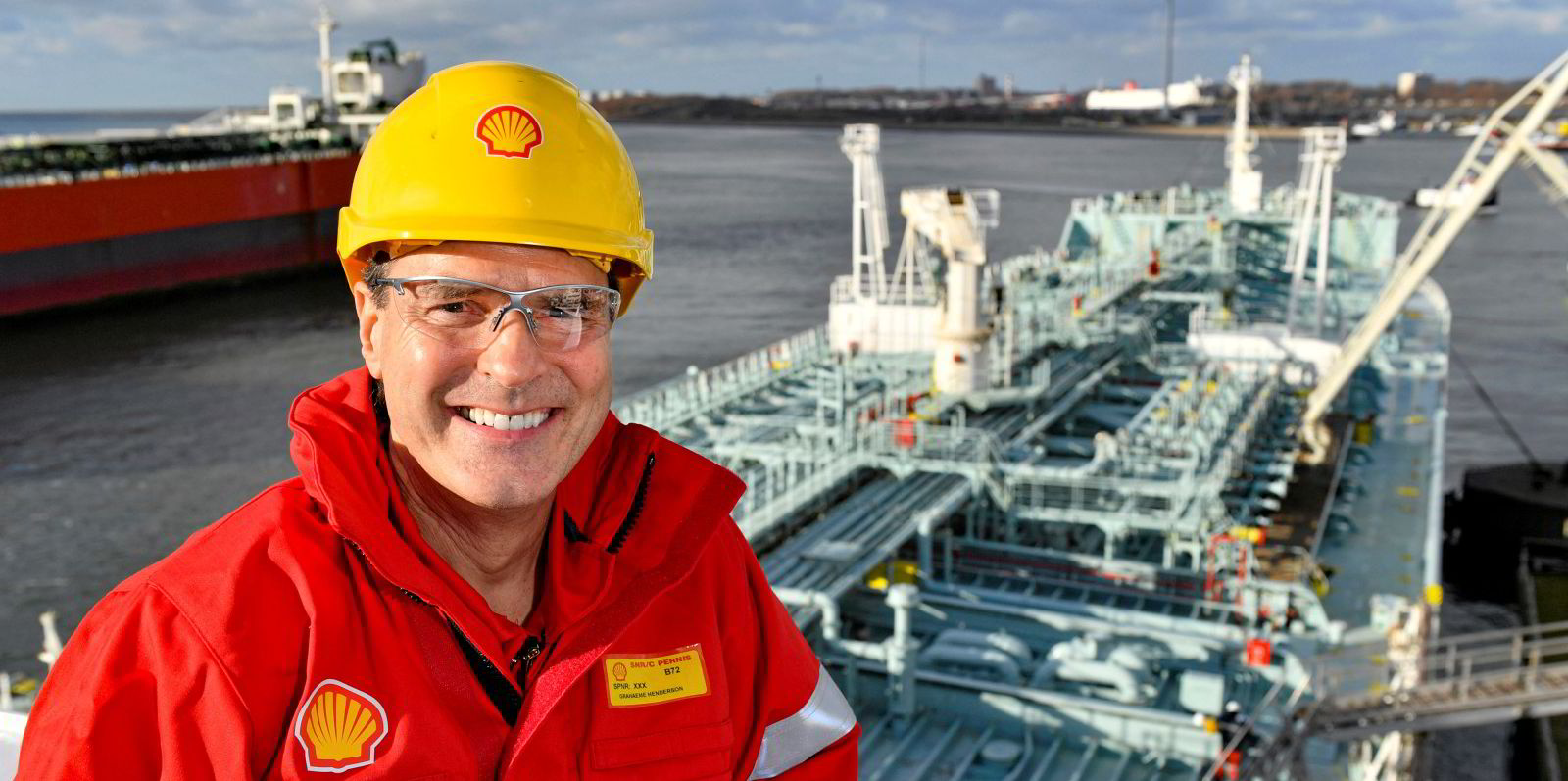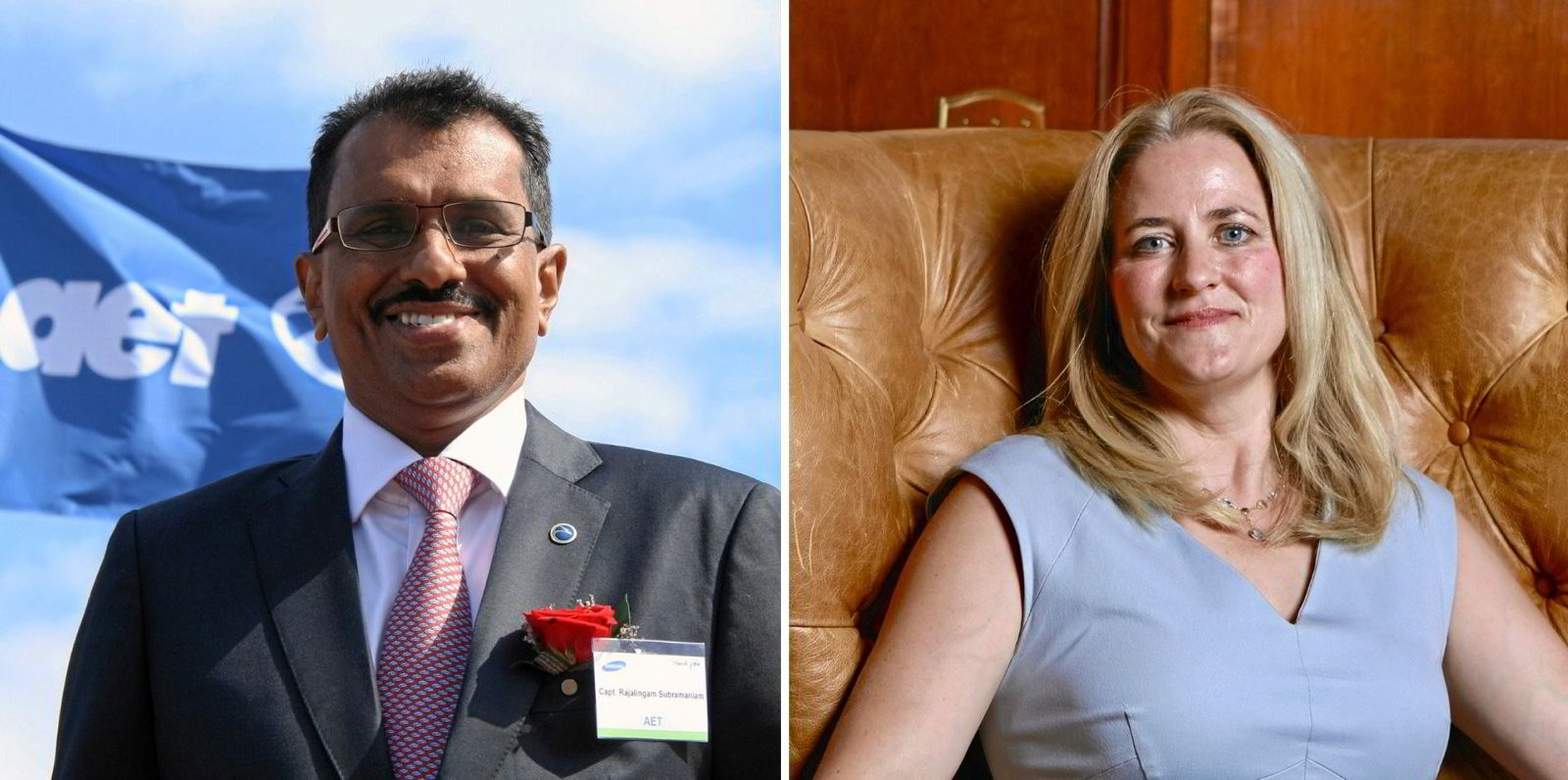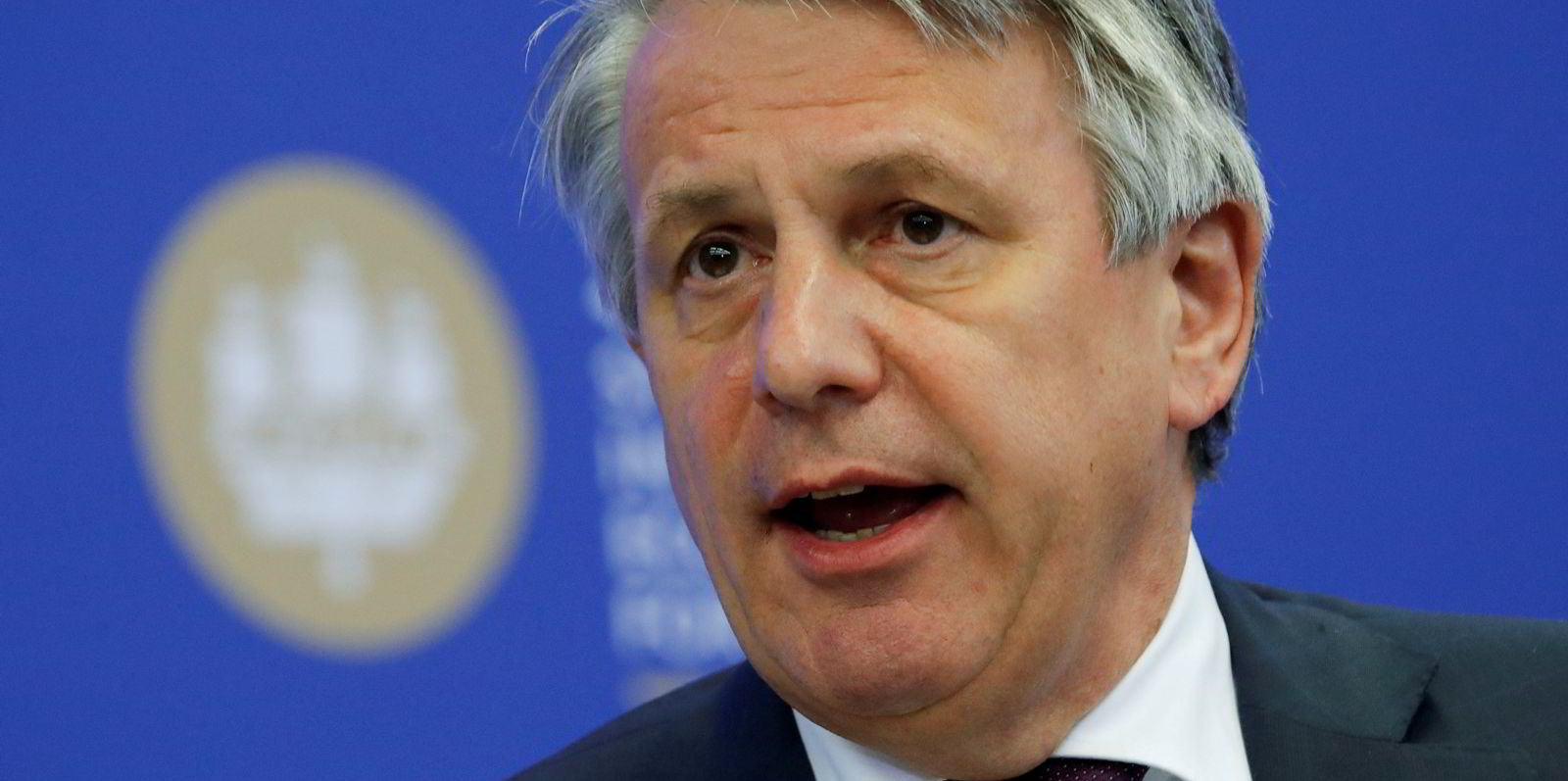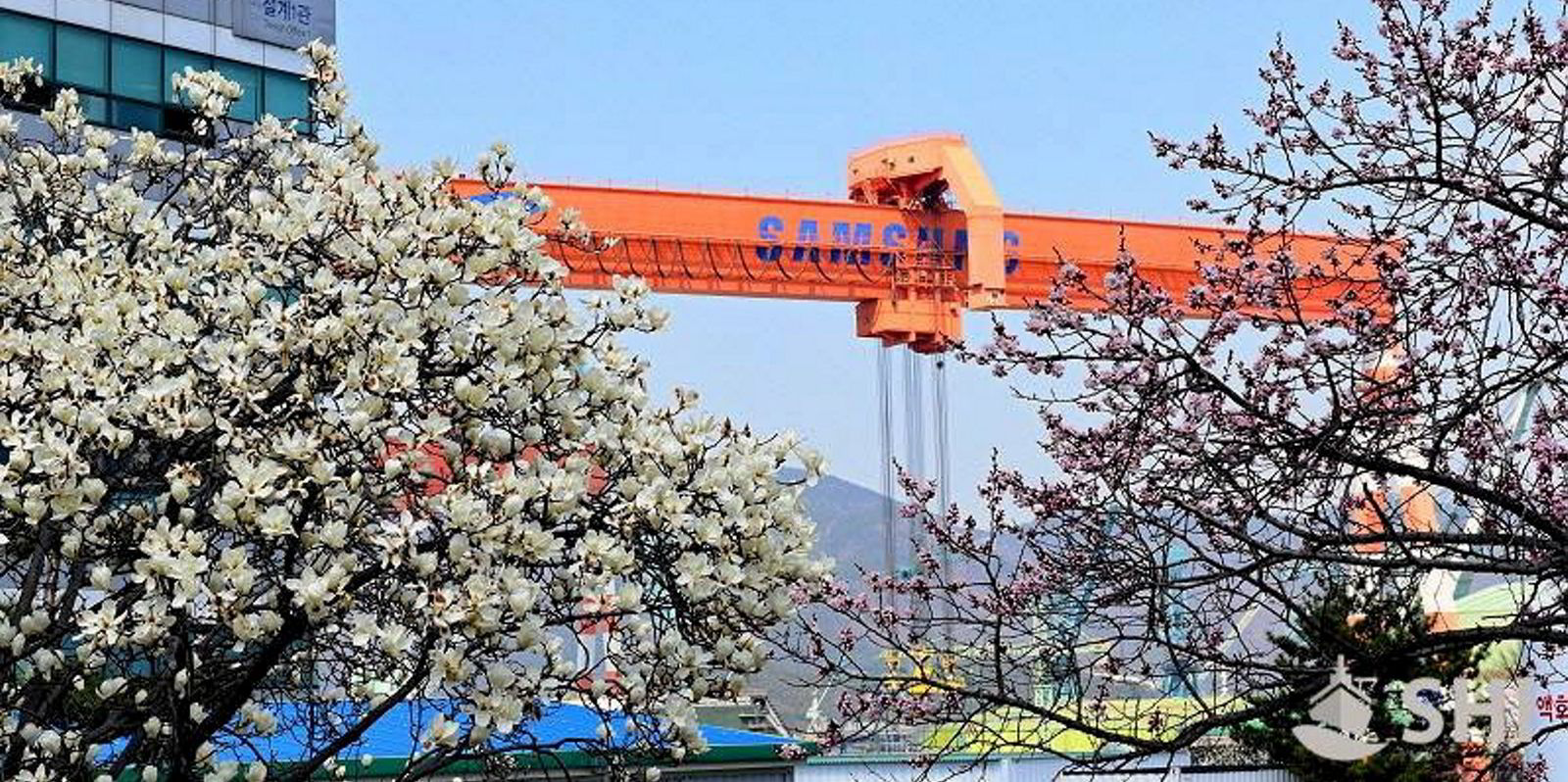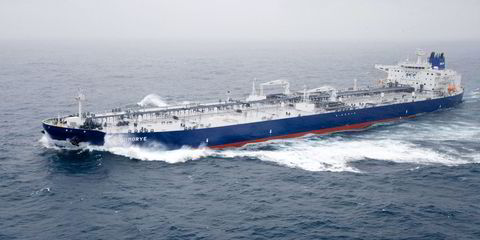Energy major Shell has inked deals with three shipowners to charter 10 dual-fuelled VLCCs.
Shell confirmed the owners tipped by TradeWinds last month as it detailed that four of the vessels have been chartered from Advantage Tankers, three from AET and the remaining trio from International Seaways.
The charters on the newbuildings were signed in a virtual ceremony on Thursday.
The VLCCs will be built at Daewoo Shipbuilding & Marine Engineering in South Korea, which booked the berths for the major in a letter of intent signed last year.
The vessels were priced at around $100m each by the yard in a December statement.
Shell said the first vessel will be operational from 2022.
Fuel savings
The 10 vessels will be on charter to Shell for seven years.
Shell said the main engines and vessel design chosen for the ships will mean these tankers have "the lowest possible methane slip and highest fuel efficiency".
The company said that on average they will consume 20% less fuel than eco VLCCs already on the water.
"Shell continues to significantly invest in LNG for its long-term charter fleet with 14 in service by the end of 2021," the company said.
Grahaeme Henderson, global head of Shell Shipping & Maritime, said the deals represent a new milestone for the energy giant's decarbonisation, with 50% of the company's chartered vessels powered by dual-fuel engines that can run on LNG.
"There is real urgency to tackle emissions from this sector and adopting LNG while developing zero-emissions fuels options will make a significant difference to cumulative emissions," Henderson said.

Shipowner joy
All three shipowners expressed enthusiasm for the dual-fuelled VLCC project.
Advantage Tankers chief executive Tugrul Tokgoz said: "These innovative vessels will provide both economic and environmental benefits.
"We believe dual-fuel LNG propulsion will continue to grow as our industry strives to meet long-term goals for greenhouse gas emissions. LNG has the benefit of being an abundant and low-cost fuel source and importantly produces 30% less carbon emissions than alternative conventional fuel used today."
International Seaways president and chief executive Lois Zabrocky said the dual-fuel VLCCs fit well with the New York shipowner's fleet.
“We expect them to provide significant long-term commercial advantages," she said.
"Importantly, the significant environmental benefits of these state-of-the-art vessels are also consistent with Seaways’ commitment to ESG-focused corporate citizenship and advancing sustainability initiatives."
AET president and chief executive Captain Rajalingam Subramanian, whose company has already invested in dual-fuel VLCC tonnage against charters with Total, praised his fellow shipowners in the project for their "courage and leadership".
He said this "further reinforces that the environmental agenda and commercial viability can co-exist in sustainable shipping".
Going up
Shell's 10 vessels bring the number of dual-fuelled VLCCs on order to 17 ships.
The major said the orders also bump up the total global dual-fuel LNG fleet to 475 and marks another "important step" on the predicted doubling of LNG-fuelled vessels on the water by 2023.
Shell expects marine LNG demand to reach around 3.6 million tonnes per annum by 2023, with 45 bunker vessels expected to be in service.
Henderson said: "It is imperative that the shipping sector immediately employs the cleanest fuels available.
"Today and for the foreseeable future, LNG is the choice for newbuilds to ensure we are not adding heavier emitters into the global fleet while we work hard at developing zero-emissions fuels."
